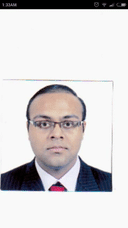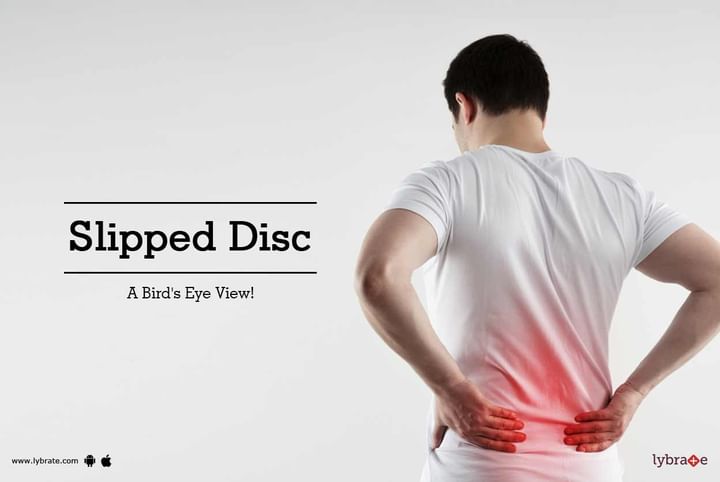Slipped Disc - A Bird's Eye View!
You are likely to be aware that Slipped disc is a scenario where the disc, meant to cushion adjoining vertebras, slips from its original position and bulges out to press a nerve root resulting in pain. It can happen due to an injury or weakness. The condition is also known as Prolapsed or Herniated disc. Read on to know more about this condition.
Symptoms
All slipped discs don’t cause symptoms. Many individuals did not know they have slipped a disc until they met their physician. That is a reason why proper diagnosis is required before initiating any curative method, as it's related to the spine. Lower back pain may result from accidental injuries such as a sprain or strain. There are no other serious reasons to cause Slipped disc.
Risk Factors
Factors that increase the risk of a slipped disc are:
- Professions involving the lifting of heavy item frequently
- Professions involving continuously sitting for a long time like driving
- Sportspersons involved in weightlifting or similar activities.
- Obese Patients
- Aging
Diagnosis
The first step of diagnosis involves enquiring about the complete medical history and physical exam to check nerve function and muscle strength. For this purpose, leg- raising test is conducted wherein you may be asked to raise the leg to observe the pain sensation. Your doctor would also check for an increase in pain while applying pressure on a nerve, sometimes with the help of a specialized tool. Other diagnostic tools that may be utilized are:
- Nerve conduction test
- Magnetic resonance imaging (MRI) scan
- Computerized tomography (CT) scan &
- X-rays
Treatment
Nonsurgical treatments are the preferred course of action. You will be prescribed pain relievers, which helps in reducing the pain associated with a herniated disk. Also, the use of heat or cold, compressing methods, which have been found to cure similar cases are advised. It is also recommended to avoid bed rest, as it prevents any chances of putting the disc back in normal position.
Chiropractors are also one of the preferred choices of consults because exercises and physical therapy, with gentle stretching provide relief from pressure on the nerve root. These are some essentials to be performed one by one or together in combination for bringing the spinal column back to its normal shape. This is what physicians do with a more accuracy to treat patients suffering from the slipped disc without surgery.
But it is essential to follow your physician instructions and go about the therapy thoroughly else the condition can worsen and surgical reinstallation of the spine would be the only course of action. Ultimately, the bottom line is not to be anxious about the protruded disc and to keep going about your normal tasks as usual under the supervision of your physician to get cured.
In today’s day in between surgical n conservative measures there is another treatment modality Called Interventional Pain n spine treatment n this has excellent potential for chronic non healing discogenic back pains or leg pains. In case you have a concern or query you can always consult an expert & get answers to your questions!



+1.svg)
